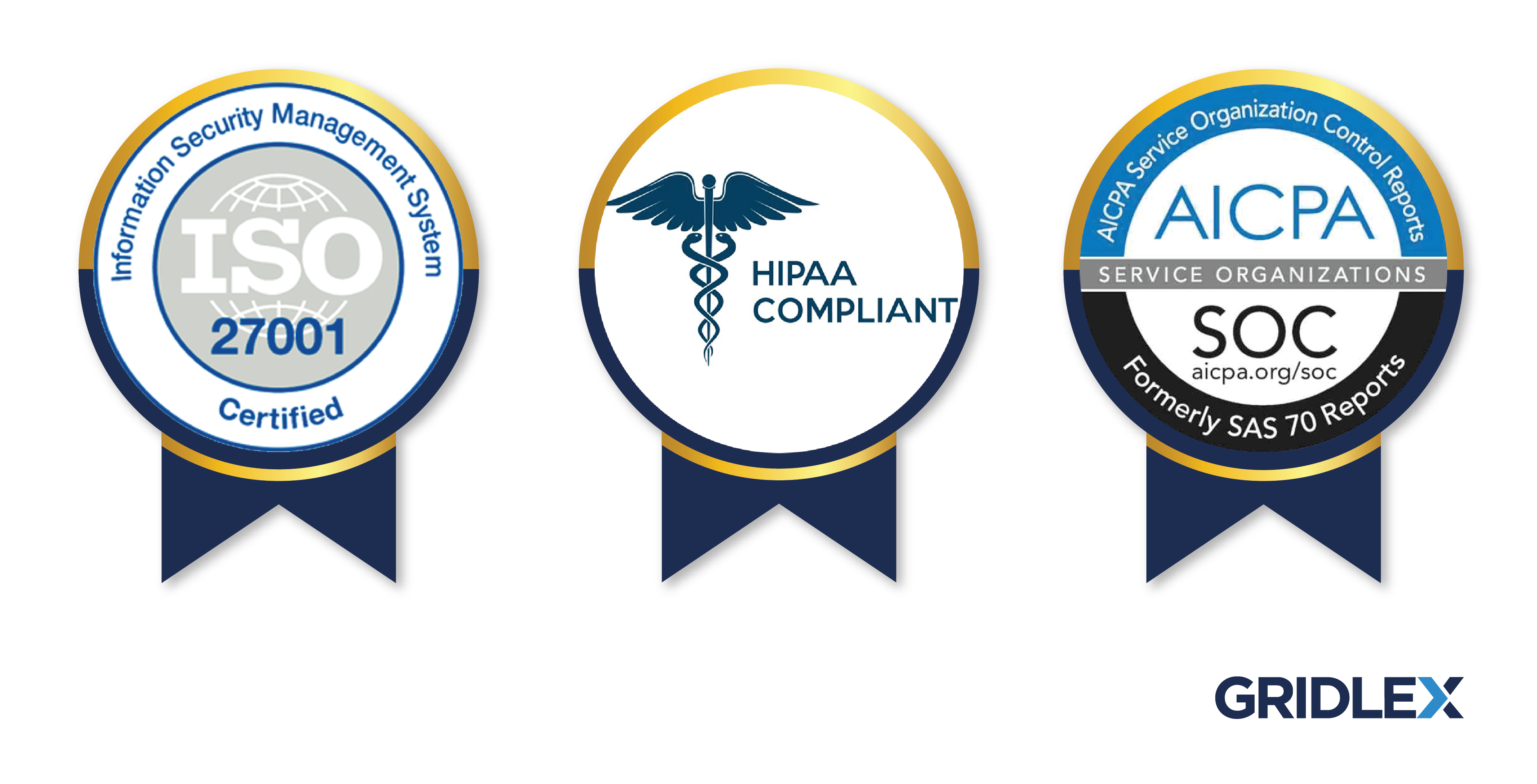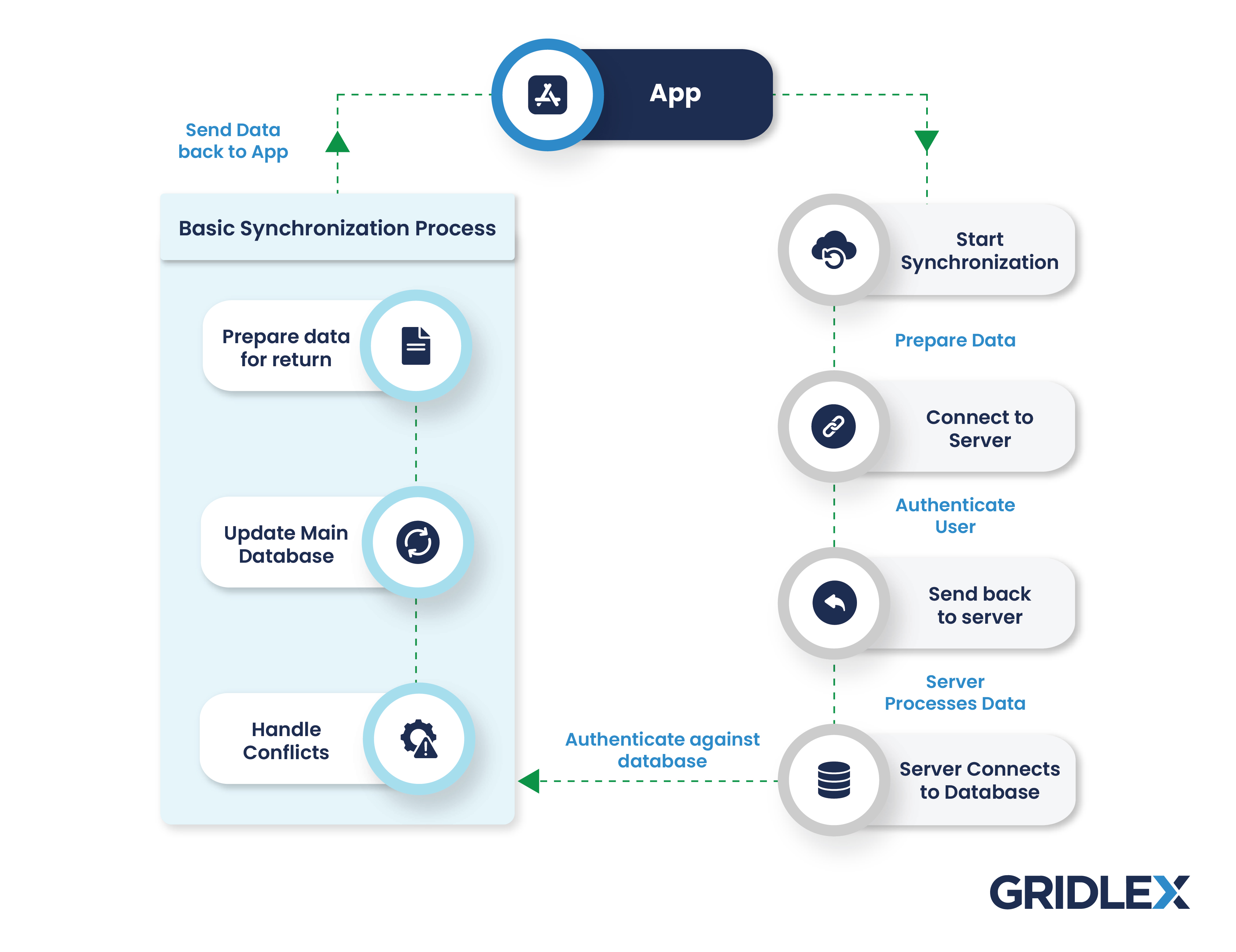Harmonize disparate data for unified business intelligence
Data Integration in MDM focuses on consolidating data from various sources to create a unified view that can be consistently used across the organization. This process involves data extraction, transformation, and loading (ETL), ensuring that data from disparate sources is accurately merged into the master data repository. For instance, a multinational corporation could use MDM to integrate customer data from CRM systems across all regions. This unified view allows the corporation to deliver a consistent customer service experience worldwide, with all customer interactions and history accessible in one place.

Achieve pristine data quality with proactive governance
Data Quality Management is crucial for maintaining the cleanliness, consistency, and correctness of data across the enterprise. It involves processes and technologies that ensure data is accurately captured, maintained, and utilized. This feature includes validation, deduplication, and standardization techniques to improve the quality of master data. For instance, a healthcare provider network might use DQM to boost the accuracy of patient data across multiple facilities. This would involve automated data cleansing to correct discrepancies in patient demographics and medical histories, as well as integration middleware to enable real-time data synchronization from clinics, hospitals, and labs.

Empower your data with robust governance frameworks.
Master Data Governance refers to the overall management of the availability, usability, integrity, and security of the data used across an enterprise. It establishes policies and procedures for data access and manipulation, ensuring compliance with data standards and regulations. For example, in healthcare industry, where patient data privacy and accuracy are paramount, Master Data Governance ensures that all patient records are managed according to strict standards and regulations, enhancing patient care and confidentiality.

Synchronize your enterprise data for real-time reliability
Data Synchronization ensures that changes in the master data are accurately reflected in all downstream systems and applications in real time or batch mode. This is vital for maintaining data consistency across business processes and customer touchpoints. For example, an e-commerce business uses data synchronization to ensure that inventory levels are updated in real time across its online store, mobile app, and physical outlets. When a product is sold through any channel, inventory levels are automatically adjusted across all platforms to prevent over-selling.
